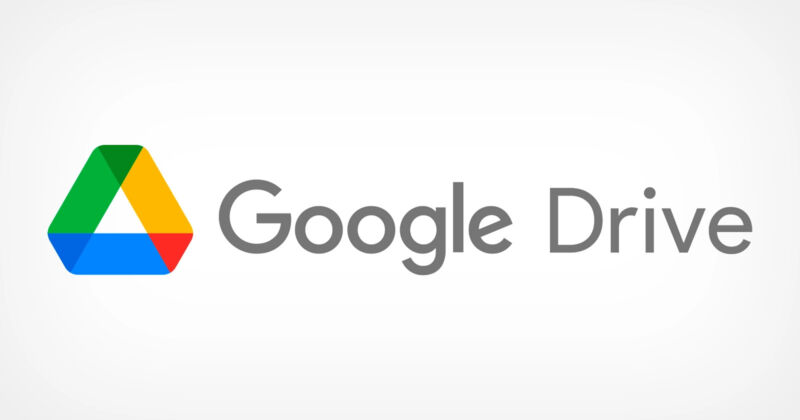Introduction to Google Drive
Let’s be honest—we all use Google Drive almost daily, but most of us don’t really stop to think: "Where are Google Drive files stored?" Is everything floating in some magical cloud? Is it on your laptop? Let’s clear up the confusion and take a friendly dive into how and where your precious digital content lives.
Understanding Google Drive Storage
What Happens When You Upload a File?
When you drag a file into Google Drive, it feels instant, right? Boom—there it is, safely tucked away. But what’s really happening in the background? Google Drive uploads your file to its cloud infrastructure and stores it in one of its global data centers.
Cloud-Based Storage Explained
Think of cloud storage like a super advanced, secure locker room that’s spread out all over the world. Your files aren’t saved on your personal computer (unless you choose to download or sync them). They live on remote servers that you can access anytime you’re online.
Where Are Google Drive Files Stored in the Cloud?
Data Centers and Server Locations
Here’s the technical bit—Google stores your files in massive data centers located around the globe, including in the United States, Europe, and Asia. These data centers are equipped with state-of-the-art security, redundant power sources, and high-speed internet.
Your files might not be stored in just one location either. Google often splits, replicates, and spreads data across multiple servers to boost both reliability and speed.
How Google Ensures File Security
Google takes your data seriously. Files are encrypted both during transfer and while stored—using 256-bit SSL/TLS for transfers and AES-128 or AES-256 encryption while at rest. So, while you may not know the exact location, rest easy knowing your files are locked up tight.
Where Are My Google Drive Files Stored on My Device?
1. Using Google Drive on Desktop
Now, let’s switch gears. What if you’ve installed Google Drive for Desktop? Where do the files go then?
This depends on your operating system and sync settings.
Windows File Storage Path
If you’re on Windows and using Google Drive for Desktop, synced files usually live here:
C:\Users\[YourUsername]\Google Drive\
This path might vary slightly if you’ve customized your sync settings.
Mac File Storage Path
On a Mac, the default path is:
/Users/[YourUsername]/Google Drive/
Again, this location can change depending on how you configure Drive’s preferences.
2. Google Drive Mobile App File Locations
If you’re using the Google Drive app on Android or iOS, files are typically not stored locally by default. You access them in real-time from the cloud. However, you can choose to make files available offline, and they’ll be saved in a hidden app folder or cache.
Understanding Offline Access and File Syncing
How Backup and Sync Works
Google’s older app, Backup and Sync, used to allow you to sync entire folders between your computer and Google Drive. While this tool is now replaced by Drive for Desktop, the concept remains: files can be synced to your device so you can access them even when offline.
Google Drive for Desktop vs. Web Access
The web version of Drive only shows your cloud files. But with Drive for Desktop, you can choose between:
- Stream files (they're still online but visible on your computer)
- Mirror files (they’re saved both on your Drive and locally)
This flexibility lets you control how much local space Drive uses.
Are Files Ever Stored Permanently?
Good question! Google Drive doesn’t automatically delete files unless:
- You delete them manually
- You exceed your storage limit
- Your account is inactive for two years or more
Otherwise, your files stay put indefinitely—especially in the cloud.
How to Locate Your Google Drive Files
1. Via Web Interface
Just head over to drive.google.com and sign in. You’ll see everything you’ve stored—organized by folders, recents, shared files, and more.
2. Through File Explorer/Finder
If you’ve synced your Drive to your desktop, open File Explorer (Windows) or Finder (Mac) and look for the “Google Drive” folder. From there, it’s just like browsing any other local folder.
Managing Your Google Drive Storage Space
Google One and Storage Plans
Google offers 15GB of free storage across Gmail, Drive, and Photos. If that’s not enough (and let’s face it—it rarely is), you can upgrade via Google One. Plans start at $1.99/month for 100GB.
Deleting vs. Archiving Files
To free up space:
- Delete old files you don’t need
- Use Google’s Storage Manager tool
- Archive instead of deleting, if you might need it later
Remember: Trash is auto-deleted after 30 days, so don’t leave important stuff in there!
Conclusion
So, where are Google Drive files stored? The simple answer is: mostly in the cloud, sometimes on your device. If you’re using the web version, your files are on Google’s ultra-secure servers scattered worldwide. If you're syncing them to your desktop, they live both in the cloud and in a local folder. Hopefully, this guide gave you a crystal-clear view of where your files go and how to manage them!
Bonus Tip: Transfer or Sync Files Between Google Drive and Other Cloud Services
This article addresses the question, "Where are Google Drive files stored?" If you’re considering migrating files from Google Drive to other cloud services, or vice versa, MultCloud can be extremely useful. Trusted by over 3 million users, MultCloud is a multi-cloud management tool that facilitates the transfer or synchronization of files between various cloud services.
For instance, it allows for seamless file transfers from cloud drives like Google Drive to Dropbox without downloading and then re-uploading files. MultCloud also enables you to access and manage all your cloud accounts via a single application. Currently, it supports more than 30 different cloud services, including Google Drive, OneDrive, Dropbox, Box, Google Photos, iCloud Photos, FTP, WebDav, and more.

- Cloud Transfer: MultCloud can transfer files from one cloud service to another directly without downloading and re-uploading.
- Cloud Sync: With MultCloud, you can easily sync two folders between different cloud services in real-time.
- Cloud Backup: You can backup and restore data between different cloud services automatically.
- Instagram Downloader: MultCloud can help you download Instagram videos, photos, reels and stories to local device or remotely upload them to your clouds.
- Email Migration: You can directly back up and save Gmail emails as PDFs to your computer or cloud drive in bulk.
- Manage all cloud accounts in one place: Connect all your clouds to MultCloud and you'll find it so easy to access and manage multiple cloud storage files with a single login.
MultCloud Supports Clouds
-
Google Drive
-
Google Workspace
-
OneDrive
-
OneDrive for Business
-
SharePoint
-
Dropbox
-
Dropbox Business
-
MEGA
-
Google Photos
-
iCloud Photos
-
FTP
-
box
-
box for Business
-
pCloud
-
Baidu
-
Flickr
-
HiDrive
-
Yandex
-
NAS
-
WebDAV
-
MediaFire
-
iCloud Drive
-
WEB.DE
-
Evernote
-
Amazon S3
-
Wasabi
-
ownCloud
-
MySQL
-
Egnyte
-
Putio
-
ADrive
-
SugarSync
-
Backblaze
-
CloudMe
-
MyDrive
-
Cubby

